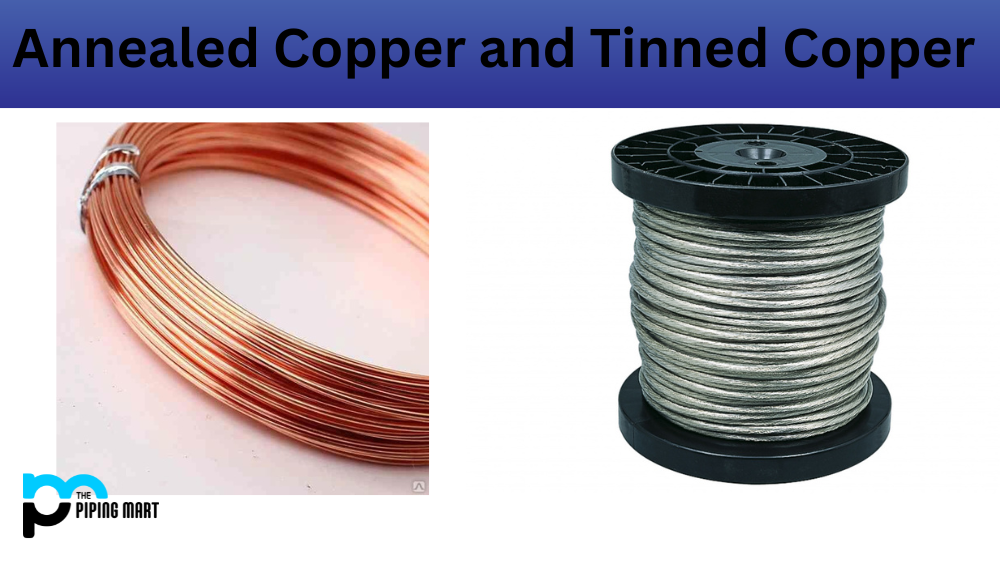Stainless steel is among diverse industries’ most versatile and widely used alloys. It comes in various grades that exhibit varying properties, and among the most popular are 17-4 PH and 304. Although both 17-4 PH and 304 stainless steel are corrosion-resistant alloys, their chemical compositions and mechanical properties differ significantly. If you want a detailed guide on the differences between the two materials, this post will provide valuable insights into their features, benefits, and applications.
Difference Between 17-4 PH and 304 Stainless Steel
Chemical Composition
The chemical composition of any metal or alloy affects its physical and chemical properties, which in turn influences its usability in different contexts. 17-4 PH stainless steel is a precipitation-hardening grade of about 15% chromium, 4% nickel, and 3-5% copper. It also contains small amounts of manganese, silicon, and sulfur, significantly boosting strength and ductility. On the other hand, 304 stainless steel is an austenitic grade containing about 18% chromium and 8% nickel, which gives it excellent corrosion resistance and low-temperature toughness. It also has traces of carbon, manganese, phosphorus, and sulfur.
Mechanical Properties
The mechanical properties of stainless steel are critical in determining its suitability for different applications. 17-4 PH is known for its high strength, hardness, and wear resistance. Its hardness ranges between 28-36 HRC, and its yield strength is around 1100 MPa. These properties make it ideal for aerospace, petrochemical, and marine industries requiring high strength and durability. In contrast, 304 stainless steel has moderate strength, flexibility, and toughness. Its yield strength is around 170-230 MPa and its hardness ranges between 70-90 HRB. These properties make it ideal for food, chemical, and cryogenic applications.
Corrosion Resistance
Both 17-4 PH and 304 stainless steel are highly corrosion-resistant alloys that withstand various corrosive environments. 17-4 PH is more resistant to chloride-induced stress corrosion cracking (SCC) than 304 stainless steel, making it ideal for coastal and marine applications. However, 304 stainless steel is more resistant to general corrosion, such as oxidation, pitting, and crevice corrosion. Its excellent corrosion resistance properties are due to the presence of molybdenum and nickel.
Machinability and Weldability
Machinability and weldability are significant factors when selecting stainless steel for different applications. 17-4 PH stainless steel has poor machinability due to its high strength and hardness. It also requires specialized machining tools and techniques to avoid excessive tool wear. But it has excellent weldability, although it requires preheating and post-weld heat treatment to minimize cracking. 304 stainless steel, on the other hand, has excellent machinability, especially in the annealed condition. It is also highly weldable using various welding processes, including TIG, MIG, and spot welding.
Cost and Availability
Another important factor to consider when selecting 17-4 PH and 304 stainless steel is their cost and availability. 17-4 PH stainless steel is more expensive than 304 stainless steel due to its more complex manufacturing process and higher raw material cost. It is also less available in the market than 304 stainless steel, readily available in different sizes and forms.
Conclusion
In summary, 17-4 PH and 304 stainless steel are popular stainless steel grades with varying properties and applications. While both alloys are corrosion-resistant, the differences in their chemical composition, mechanical properties, corrosion resistance, machinability, weldability, and cost make them suitable for different contexts. It is important to consider these factors when selecting stainless steel for various applications to ensure optimal performance, efficiency, and longevity.

Abhishek is a seasoned blogger and industry expert, sharing his insights and knowledge on various topics. With his research, Abhishek offers valuable insights and tips for professionals and enthusiasts. Follow him for expert advice on the latest trends and developments in the metal industry.




